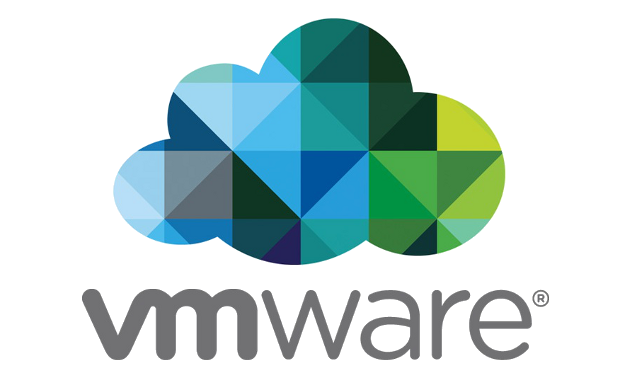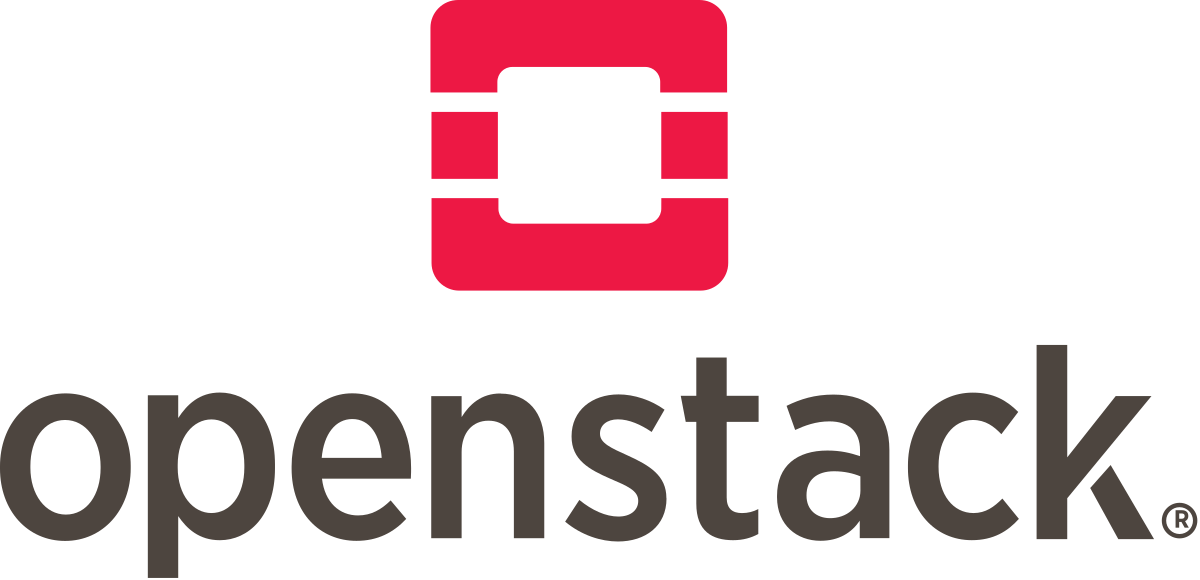
Cloud Infrastructure
VMware offers customers two options for transforming the data center into a cloud environment that implements the software-defined data center (SDDC) architecture:
- Packaged software that customers deploy on premises
- Public infrastructure as a service based on VMware SDDC technologies and operated by VMware vCloud® Hybrid Service™ or its partners (vCloud Service Provider Partners)
With these two options, VMware is offering a true hybrid cloud platform where customers can seamlessly extend the SDDC with a common management, orchestration, networking and security model across on-premises and off-premises environments.
Building on the foundation of VMware vSphere® virtualization, VMware offers two choices to transform the data center into a dynamic cloud environment. You can build a private cloud infrastructure with VMware vCloud® Suite or rent a public or hybrid cloud service with VMware vCloud Hybrid Service. Both cloud solutions are built on the same software-defined data center architecture, which expands the cost and operational benefits of server virtualization to all the data center infrastructure: compute, network, security, storage and management. And together, you can have a hybrid cloud platform where you have the agility and convenience of public cloud with the freedom and confidence to run any applications onsite, offsite or both.
- Automated provisioning and deployment – Assemble new applications from reusable components, and deploy them in minutes instead of weeks.
- Automated operations management – Efficiently run your cloud with purpose-built tools to optimize performance, ensure security and rectify potential problems before users ever see them.
- Availability, disaster recovery and compliance – Deliver demanding SLAs, protect your data and verify conformance with policies and regulations.
- Visibility into IT costs – Intelligently plan capacity, optimize resource allocation and evolve to a complete IT chargeback model.
- Full extensibility – Customize your environment, integrate third-party solutions and interoperate with VMware-based public cloud services.
Cloud Ops
VMware Cloud Operations Services provide you with insight, prioritized recommendations and expert guidance to transform operational processes, organizational structures and financial models to realize the greatest value from your cloud. Our portfolio of advisory and transformation services helps customers develop key capabilities within their organization:
- On-demand services – Implement a new self-service model to lower IT costs and increase agility.
- Automated provisioning and deployment – Evolve request fulfillment, application development and deployment processes to gain newfound efficiency.
- Incident and problem management – Leverage automation and policy-based management to eliminate error-prone manual processes and proactively manage systems before issues arise.
- Security, compliance and risk management – Safeguard the business by ensuring enterprise-level standards for how systems are protected across your cloud environment.
- IT financial management – Transition to a new financial paradigm that provides transparency and directly links the costs of IT services to their demand and consumption.


OpenStack
OpenStack OpenStack is a global collaboration of developers and cloud computing technologists producing the ubiquitous open source cloud computing platform for public and private clouds. The project aims to deliver solutions for all types of clouds by being simple to implement, massively scalable, and feature rich. The technology consists of a series of interrelated projects delivering various components for a cloud infrastructure solution.
Who’s behind OpenStack? Founded by Rackspace Hosting and NASA, OpenStack has grown to be a global software community of developers collaborating on a standard and massively scalable open source cloud operating system. Our mission is to enable any organization to create and offer cloud computing services running on standard hardware.
Who uses OpenStack? Corporations, service providers, VARS, SMBs, researchers, and global data centers looking to deploy large-scale cloud deployments for private or public clouds leveraging the support and resulting technology of a global open source community.
Why open matters: All of the code for OpenStack is freely available under the Apache 2.0 license. Anyone can run it, build on it, or submit changes back to the project. We strongly believe that an open development model is the only way to foster badly-needed cloud standards, remove the fear of proprietary lock-in for cloud customers, and create a large ecosystem that spans cloud providers.
The OpenStack cloud operating system enables enterprises and service providers to offer on-demand computing resources, by provisioning and managing large networks of virtual machines. Compute resources are accessible via APIs for developers building cloud applications and via web interfaces for administrators and users. The compute architecture is designed to scale horizontally on standard hardware, enabling the cloud economics companies have come to expect.
Flexible Architecture
OpenStack is architected to provide flexibility as you design your cloud, with no proprietary hardware or software requirements and the ability to integrate with legacy systems and third party technologies. It is designed to manage and automate pools of compute resources and can work with widely available virtualization technologies, as well as bare metal and high-performance computing (HPC) configurations.
Administrators often deploy OpenStack Compute using one of multiple supported hypervisors in a virtualized environment. KVM and XenServer are popular choices for hypervisor technology and recommended for most use cases. Linux container technology such as LXC is also supported for scenarios where users wish to minimize virtualization overhead and achieve greater efficiency and performance. In addition to different hypervisors, OpenStack supports ARM and alternative hardware architectures.

Infrastructure-as-a-Service
Accelerate IT service delivery for faster innovation
IaaS gives users self-service, on-demand access to IT resources based on business policy. Automated provisioning lets users access the infrastructure they need in minutes instead of weeks or months. The result: Greater agility and operational efficiencies make IT more responsive to the business.
Red Hat helps you transform to IaaS today—or evolve at your own pace
- Build self-service with automated provisioning.
- Access public clouds to enable capacity on demand and pay-as-you-go pricing.
- Virtualize to optimize resources and create an open foundation for your private or public cloud.
- Adopt a portable operating system across your infrastructure.
Benefits
On-demand services
Offer self-service with policy-based management from a single interface.
Red Hat Enterprise Linux
OpenStack Platform evaluations
Open, flexible framework for hosting private cloud workloads
Red Hat® Enterprise Linux® OpenStack® Platform lets you develop and deploy production Red Hat OpenStack infrastructure while adding value to the tooling and customizations you need on top of the Red Hat Enterprise Linux OpenStack Platform foundation. We take care of maintaining the integrity of both the Red Hat Enterprise Linux server and Red Hat OpenStack code.
2 easy ways to try Red Hat Enterprise Linux OpenStack Platform
Red Hat Enterprise Linux OpenStack Platform delivers Red Hat OpenStack technology optimized for and integrated with Red Hat Enterprise Linux. This evaluation delivers three 2-socket server subscriptions of Red Hat Enterprise Linux OpenStack Platform—enough to run a small pilot environment.
See why we think Red Hat can support your OpenStack deployment better than any other vendor in the business.

Why Red Hat OpenStack technology?
Red Hat OpenStack is the optimized OpenStack software for Red Hat Enterprise Linux. To run, it requires a Red Hat Enterprise Linux server. Red Hat Enterprise Linux OpenStack Platform includes both the Red Hat OpenStack software and the Red Hat Enterprise Linux server. The components are integrated and honed to work together.
Key benefits
Move from traditional workloads to cloud-enabled workloads on your terms and timeline, and as your applications require.
- Improve service-level agreements (SLAs) with faster IT service delivery. Red Hat Enterprise Linux OpenStack Platform delivers a Red Hat OpenStack distribution with the performance, security, and scalability of Red Hat Enterprise Linux, letting you focus on delivering the services your customers want instead of the underlying operating platform
Avoid vendor lock-in by moving to open technologies while maintaining your existing infrastructure investments.
Take advantage of broad application support. Red Hat Enterprise Linux running as guest virtual machines provides a stable application development platform with many independent software vendor (ISV) certifications so you can rapidly build and deploy your cloud applications.
Bring security to the cloud. Rely on the SELinux military-grade security and container technologies of Red Hat Enterprise Linux to prevent intrusions and protect your data when running in public or private clouds.
What is OpenStack?
OpenStack is an open source project for building a private or public Infrastructure-as-a-Service (IaaS) cloud running on standard hardware. The typical analogy is that OpenStack gives you public cloud-like capabilities in your datacenter.